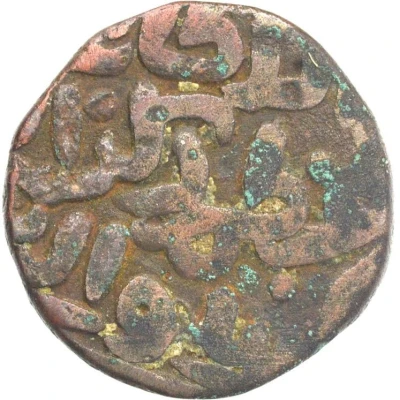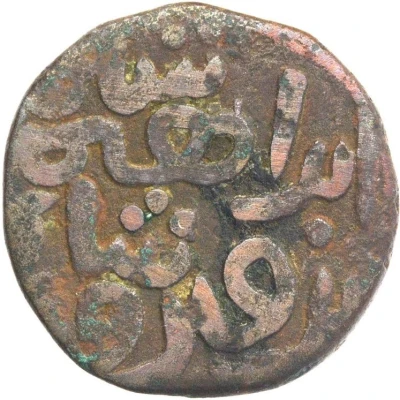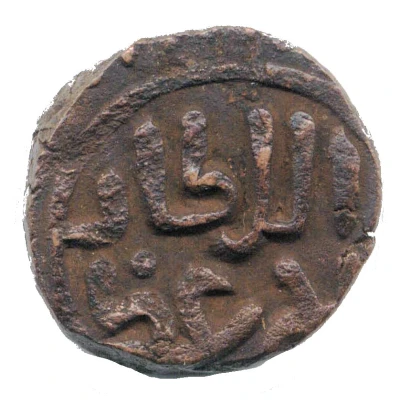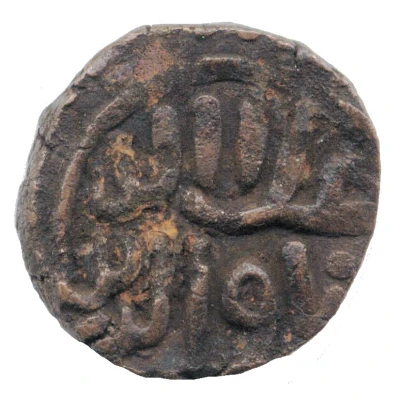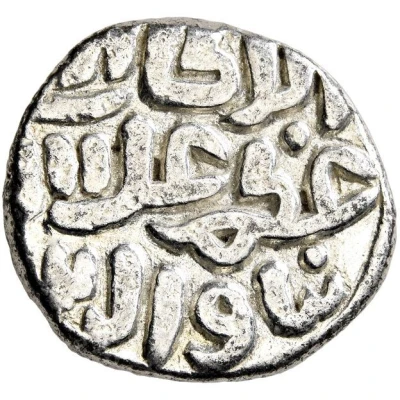
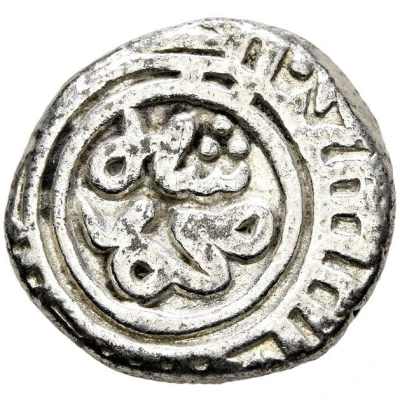

© Leu Numismatik
1 Jital - Ala al-Din Muhammad Shah
| Billon | 3.3 g | 16 mm |
| Issuer | Sultanate of Delhi (Indian Sultanates) |
|---|---|
| Sultan | Alauddin Khalji (1296-1316) |
| Type | Standard circulation coin |
| Years | 695-716 (1296-1316) |
| Calendar | Islamic (Hijri) |
| Value | 1 Jital (1⁄48) |
| Currency | Tanka (1206-1526) |
| Composition | Billon |
| Weight | 3.3 g |
| Diameter | 16 mm |
| Shape | Round (irregular) |
| Technique | Hammered |
| Orientation | Variable alignment ↺ |
| Demonetized | Yes |
| Updated | 2024-10-05 |
| Numista | N#393108 |
|---|---|
| Rarity index | 86% |
Reverse
‘Muḥammad Shāh’ in center, ‘śrī sultān alāvadīn’ in devanāgarī script around,
Scripts: Arabic, Devanagari
Comment
Alaud-Dīn Khaljī (r. 1296–1316), also called Alauddin Khilji, born Ali Gurshasp, was a ruler from the Khalji dynasty that ruled the Delhi Sultanate in the Indian subcontinent. Alauddin instituted a number of significant administrative changes, related to revenues, price controls, and society. He also successfully fended off several Mongol invasions of India.
The coinage of Muhammad Khalji is the largest of the Delhi Sultanate. He got a large spoils from his campaigns in the Deccan and as a result, gold and silver tankas were struck in large from three named mints - Delhi, Dar al=Islam and Deogir and some unnamed mints.
Interesting fact
One interesting fact about the 1 Jital coin from the Sultanate of Delhi is that it was made of Billon, which is an alloy of silver and other metals, typically copper or bronze. This was a common practice in ancient India, where coins were often made from a combination of metals to increase their durability and longevity. The use of Billon in coinage also allowed for the creation of coins with a lower silver content, making them more accessible to a wider range of people.
